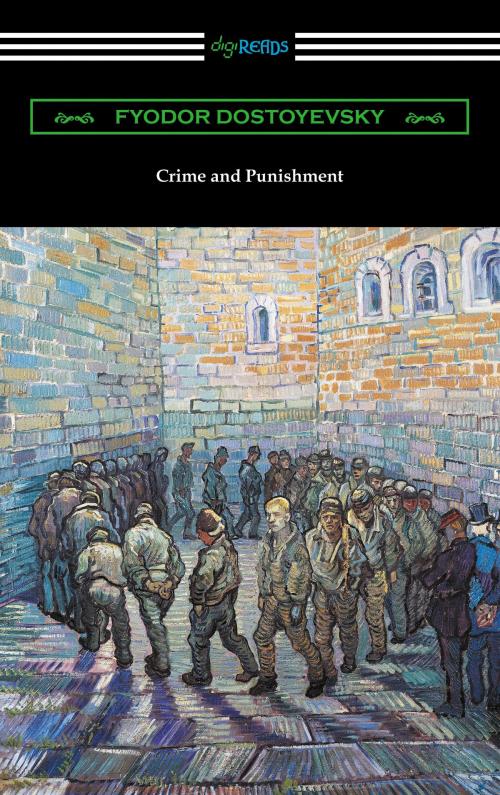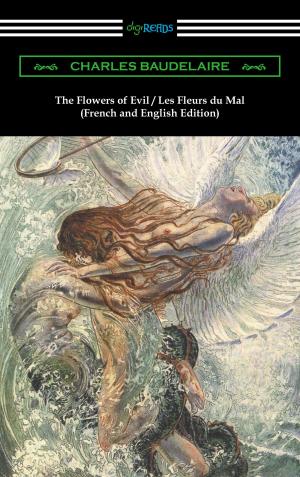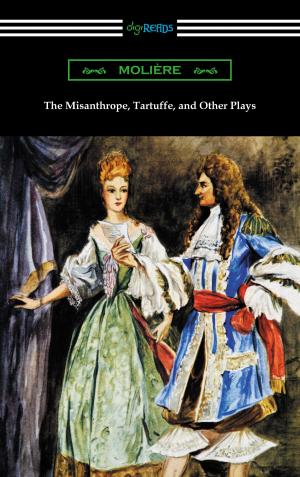Crime and Punishment (Translated by Constance Garnett with an Introduction by Nathan B. Fagin)
Fiction & Literature, Classics| Author: | Fyodor Dostoyevsky | ISBN: | 9781420955101 |
| Publisher: | Neeland Media LLC | Publication: | May 31, 2017 |
| Imprint: | Digireads.com Publishing | Language: | English |
| Author: | Fyodor Dostoyevsky |
| ISBN: | 9781420955101 |
| Publisher: | Neeland Media LLC |
| Publication: | May 31, 2017 |
| Imprint: | Digireads.com Publishing |
| Language: | English |
Raskolnikov is an impoverished former student living in Saint Petersburg, Russia who feels compelled to rob and murder Alyona Ivanovna, an elderly pawn broker and money lender. After much deliberation the young man sneaks into her apartment and commits the murder. In the chaos of the crime Raskolnikov fails to steal anything of real value, the primary purpose of his actions to begin with. In the period that follows Raskolnikov is racked with guilt over the crime that he has committed and begins to worry excessively about being discovered. His guilt begins to manifest itself in physical ways. He falls into a feverish state and his actions grow increasingly strange almost as if he subconsciously wishes to be discovered. As suspicion begins to mount towards him, he is ultimately faced with the decision as to how he can atone for the heinous crime that he has committed, for it is only through this atonement that he may achieve some psychological relief. As is common with Dostoyevsky’s work, the author brilliantly explores the psychology of his characters, providing the reader with a deeper understanding of the motivations and conflicts that are central to the human condition. First published in 1866, “Crime and Punishment” is one of Fyodor Dostoyevsky’s most famous novels, and to this day is regarded as one of the true masterpieces of world literature. This edition is translated by Constance Garnett, includes an Introduction by Nathan B. Fagin, and a biographical afterword.
Raskolnikov is an impoverished former student living in Saint Petersburg, Russia who feels compelled to rob and murder Alyona Ivanovna, an elderly pawn broker and money lender. After much deliberation the young man sneaks into her apartment and commits the murder. In the chaos of the crime Raskolnikov fails to steal anything of real value, the primary purpose of his actions to begin with. In the period that follows Raskolnikov is racked with guilt over the crime that he has committed and begins to worry excessively about being discovered. His guilt begins to manifest itself in physical ways. He falls into a feverish state and his actions grow increasingly strange almost as if he subconsciously wishes to be discovered. As suspicion begins to mount towards him, he is ultimately faced with the decision as to how he can atone for the heinous crime that he has committed, for it is only through this atonement that he may achieve some psychological relief. As is common with Dostoyevsky’s work, the author brilliantly explores the psychology of his characters, providing the reader with a deeper understanding of the motivations and conflicts that are central to the human condition. First published in 1866, “Crime and Punishment” is one of Fyodor Dostoyevsky’s most famous novels, and to this day is regarded as one of the true masterpieces of world literature. This edition is translated by Constance Garnett, includes an Introduction by Nathan B. Fagin, and a biographical afterword.















